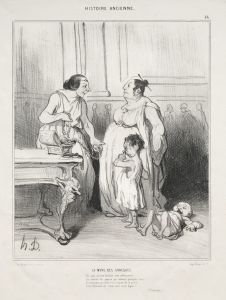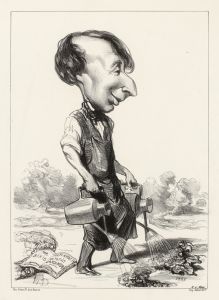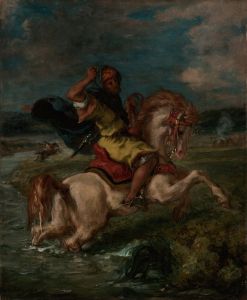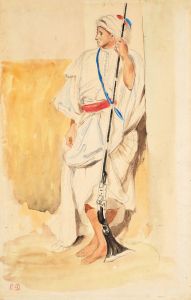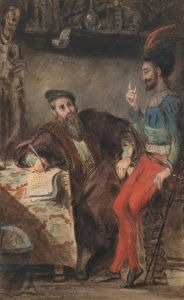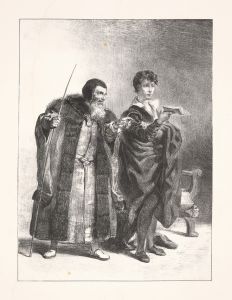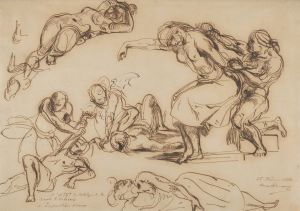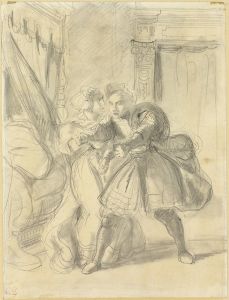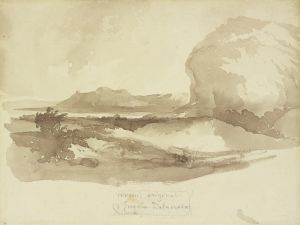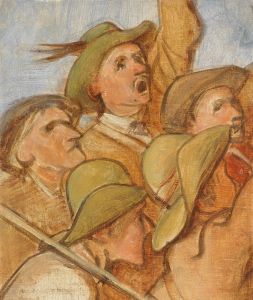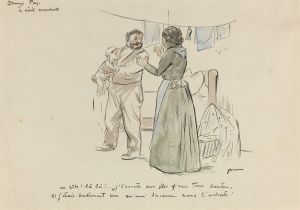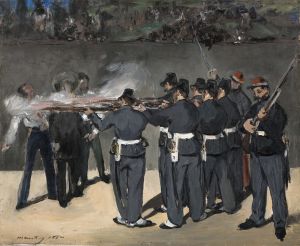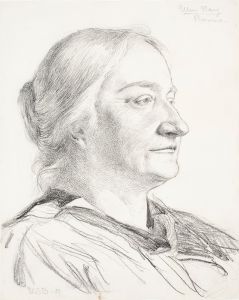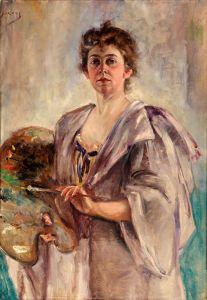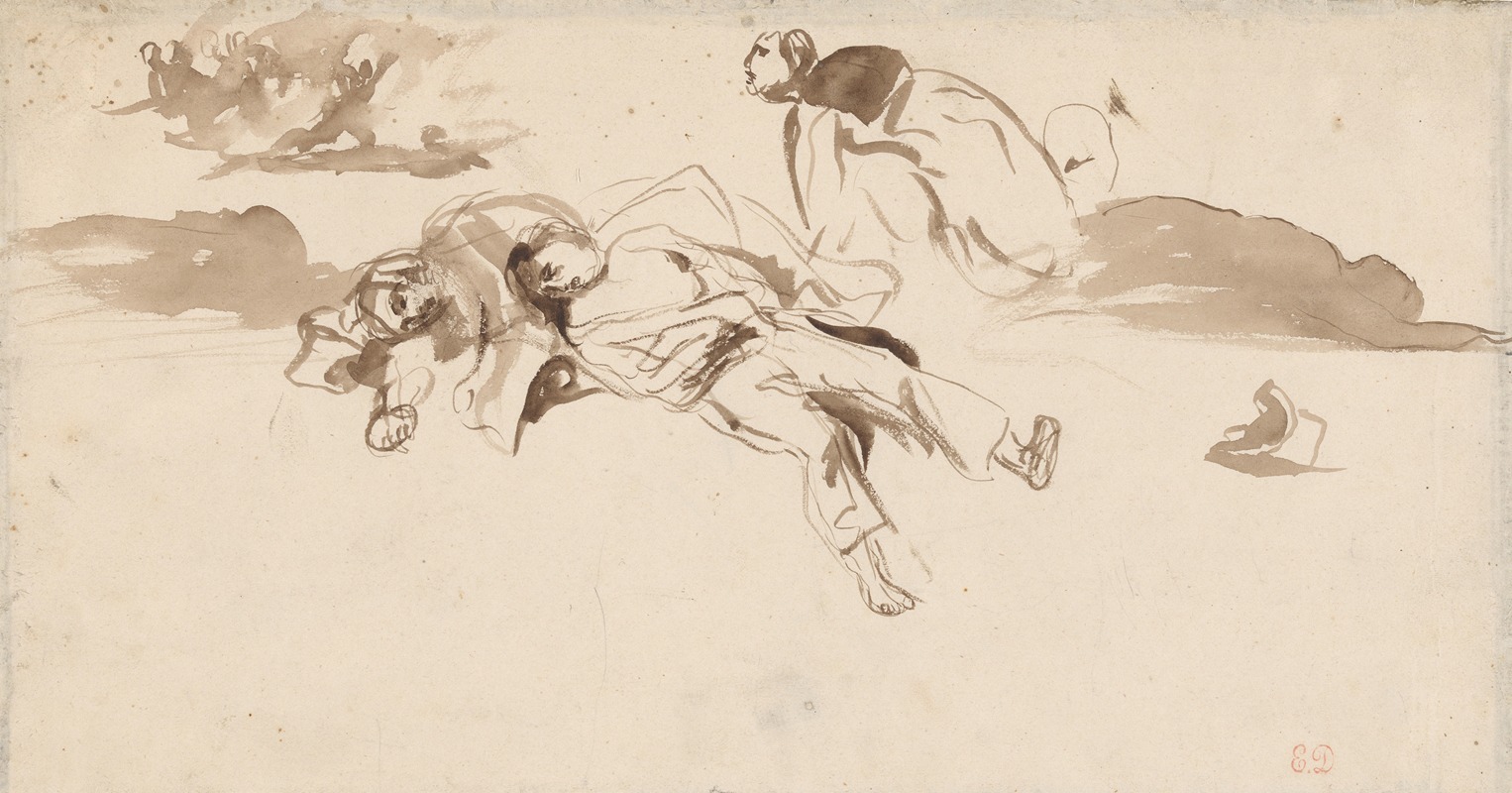
Study of Bodies ‘Liberty Leading the People’
A hand-painted replica of Eugène Delacroix’s masterpiece Study of Bodies ‘Liberty Leading the People’, meticulously crafted by professional artists to capture the true essence of the original. Each piece is created with museum-quality canvas and rare mineral pigments, carefully painted by experienced artists with delicate brushstrokes and rich, layered colors to perfectly recreate the texture of the original artwork. Unlike machine-printed reproductions, this hand-painted version brings the painting to life, infused with the artist’s emotions and skill in every stroke. Whether for personal collection or home decoration, it instantly elevates the artistic atmosphere of any space.
Eugène Delacroix's painting "Liberty Leading the People" is a seminal work of art that captures the spirit of revolution and the fight for freedom. Painted in 1830, this masterpiece commemorates the July Revolution in France, which led to the overthrow of King Charles X. The painting is renowned for its vivid portrayal of the struggle for liberty and has become an enduring symbol of the fight against oppression.
The central figure in the painting is Liberty herself, personified as a robust and determined woman. She is depicted as a bare-breasted allegorical figure, wearing a Phrygian cap, which is a symbol of freedom and the pursuit of liberty. In her right hand, she holds the tricolor French flag, a powerful emblem of the revolution and national pride. Her left hand wields a bayoneted musket, signifying the readiness to fight for freedom.
Liberty is shown leading a diverse group of people from different social classes and backgrounds, symbolizing the unity of the French populace in their struggle against tyranny. Among the figures is a young boy brandishing pistols, representing youthful exuberance and the future generation's involvement in the fight. A man in a top hat, believed to be a self-portrait of Delacroix, stands beside Liberty, highlighting the artist's personal connection to the revolutionary cause. The presence of a worker with a sword and a soldier in uniform further emphasizes the collective effort of various societal groups in the revolution.
The background of the painting is filled with smoke and chaos, depicting the tumultuous nature of the uprising. The barricades and fallen bodies scattered across the scene serve as a stark reminder of the violence and sacrifice inherent in the struggle for freedom. Delacroix's use of dramatic lighting and dynamic composition enhances the emotional intensity of the scene, drawing the viewer into the heart of the conflict.
"Liberty Leading the People" is not only a historical representation but also a work of political commentary. Delacroix was inspired by the events of the July Revolution, which resonated with his own liberal beliefs and desire for political change. The painting was initially met with mixed reactions due to its raw depiction of violence and the controversial portrayal of Liberty as a bare-breasted woman. However, it was eventually acquired by the French government and is now housed in the Louvre Museum in Paris, where it continues to be celebrated as a masterpiece of Romantic art.
The painting has had a lasting impact on both art and popular culture. It has inspired numerous artists and has been referenced in various forms of media, underscoring its significance as a symbol of resistance and the enduring quest for liberty. Through "Liberty Leading the People," Delacroix not only captured a pivotal moment in French history but also created an iconic image that continues to resonate with audiences worldwide.





